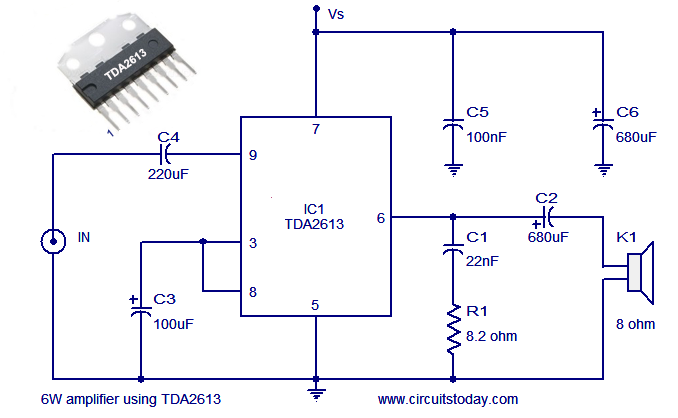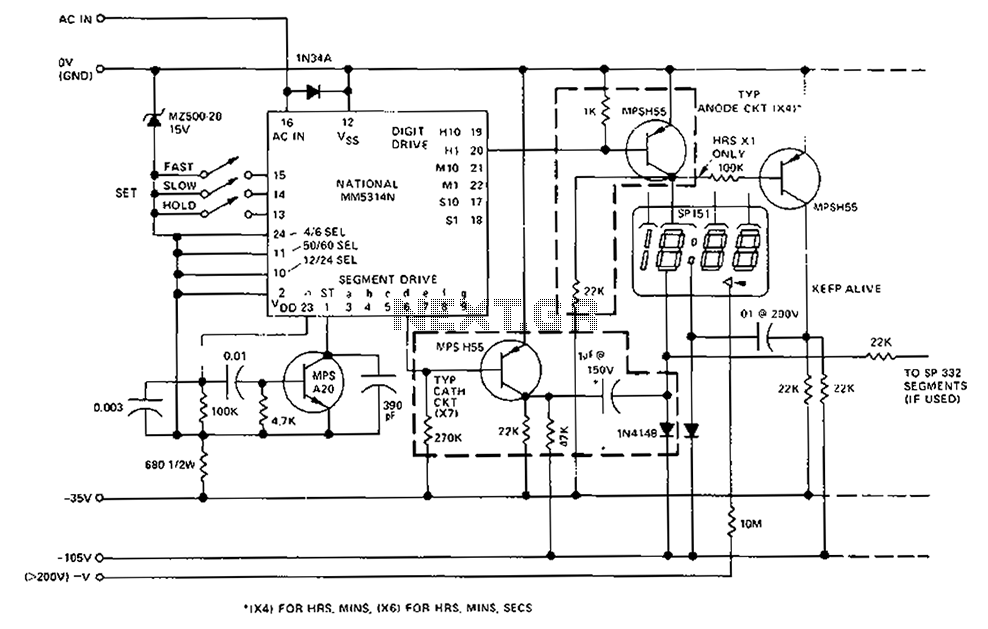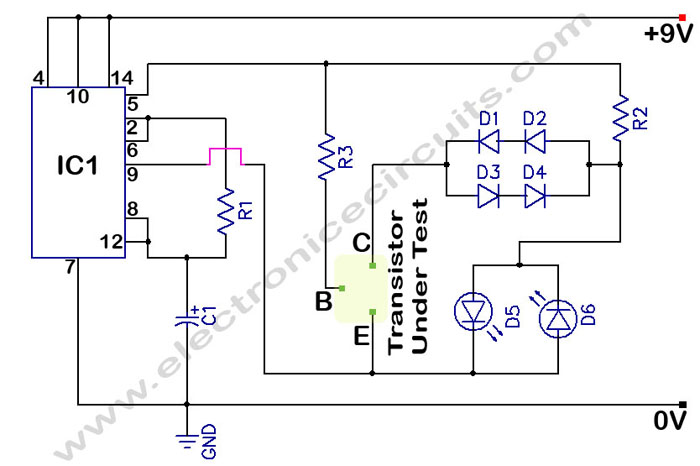
220V Touch Switch circuit diagram

This circuit is connected directly to a 220V home electrical installation. The LOAD in the schematic diagram above represents an electronic device that consumes 220V AC current.
The circuit operates by interfacing directly with the 220V AC mains supply, which is a standard voltage level in many residential electrical systems. The LOAD component, as indicated in the schematic, is designed to operate at this voltage and is responsible for performing a specific function, such as lighting, heating, or powering other electronic devices.
To ensure safe operation, the circuit should incorporate protective devices such as fuses or circuit breakers, which will interrupt the current flow in the event of an overload or short circuit. Additionally, the use of properly rated wiring is essential to handle the current without overheating, which could lead to fire hazards.
The schematic may also include a switch to control the power to the LOAD, allowing for manual operation. Furthermore, if the application requires, a relay could be integrated into the design to enable remote control or automation of the LOAD, enhancing convenience and functionality.
Proper grounding practices must be followed to minimize the risk of electric shock and to ensure the stability of the circuit. The design should adhere to relevant electrical codes and standards to guarantee safety and reliability in operation.This circuit is connected directly to a 220V home electrical installations. LOAD on the schematic diagram above, is an electronic device with 220V AC current consumption. 🔗 External reference
The circuit operates by interfacing directly with the 220V AC mains supply, which is a standard voltage level in many residential electrical systems. The LOAD component, as indicated in the schematic, is designed to operate at this voltage and is responsible for performing a specific function, such as lighting, heating, or powering other electronic devices.
To ensure safe operation, the circuit should incorporate protective devices such as fuses or circuit breakers, which will interrupt the current flow in the event of an overload or short circuit. Additionally, the use of properly rated wiring is essential to handle the current without overheating, which could lead to fire hazards.
The schematic may also include a switch to control the power to the LOAD, allowing for manual operation. Furthermore, if the application requires, a relay could be integrated into the design to enable remote control or automation of the LOAD, enhancing convenience and functionality.
Proper grounding practices must be followed to minimize the risk of electric shock and to ensure the stability of the circuit. The design should adhere to relevant electrical codes and standards to guarantee safety and reliability in operation.This circuit is connected directly to a 220V home electrical installations. LOAD on the schematic diagram above, is an electronic device with 220V AC current consumption. 🔗 External reference





